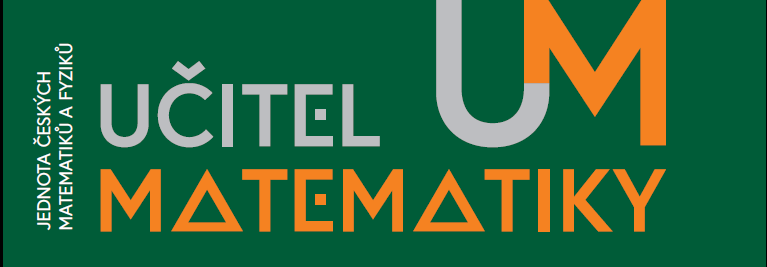Grafy funkcí z pohledu žáků a studentů základních, středních a vysokých škol
Abstrakt
The article focuses on students' understanding of graphs of functions. Interviews were organised with 22 students in which they solved some tasks on classifications of graphs of functions. For the analysis of data, we used the theory of prototypes and theory of exemplification and the framework of hypothetical learning trajectories. Some extracts from the interviews are given to illustrate main results. For instance, we observed that students focus on various aspects of the graph (linearity, passing through the origin of coordinate system, etc.) and mark them as important. As students acquire more experience with graphs of functions, they focus more on the curve of the graph and the importance of aspects changes. Nevertheless, some of them stay strong (real context of the graph) during the whole process and there are important mathematical aspects (as continuity) which are systematically underestimated.
Reference
Baroody, A. J., Cibulskis, M., Lai, M. & Li, X. (2004). Comments on the use of learning trajectories in curriculum development and research. Mathematical Thinking and Learning, 6(2), 227–260.
Edwards, C. J. (1994). The historical development of the calculus. Springer.
Eisenmann, P. (2007). Zlatý vrch nad Českou Kamenicí aneb funkce v přírodě. Matematika, Fyzika, Informatika, 16(6), Praha, Prometheus, 336 – 338.
Eisenmann, P. (1996). O experimentu se spojitostí funkce na střední škole. Učitel matematiky, 4(4). Praha, JČMF, 213-219.
Goldstone, R. L. (1994). The role of similarity in categorization: Providing a groundwork. Cognition, 52(2), 125-157.
Hejný, M. (2014). Vyučování matematice orientované na budování schémat: aritmetika 1. stupně. Praha: Univerzita Karlova v Praze, Pedagogická fakulta.
Hejný, M. & Kuřina, F. (2001). Dítě, škola a matematika: konstruktivistické přístupy k vyučování. Portál.
Janda, D. (2013). Funkční myšlení žáků středních škol [Online]. Retrieved from https://is.cuni.cz/webapps/zzp/detail/119283
Kopáčková, A. (2002). Nejen žákovské představy o funkcích. Pokroky matematiky, fyziky a astronomie, 47(2), 149-161.
Kopáčková, A. (2001). Fylogeneze pojmu funkce. Matematika v proměnách věků. II, 46-80.
Lomtatidze, L. (2007). Historický vývoj pojmu křivka. Nadace Universitas.
Mervis, C. B. & Rosch, E. (1981). Categorization of natural objects. Annual review of psychology, 32(1), 89-115.
Odvárko, O., Kadleček, J. (1998) Matematika pro 7. ročník ZŠ (1. – 3. díl). Praha, Prometheus.
Piaget, J. (1977). Epistemology and psychology of functions (Vol. 23). Springer Science & Business Media.
Hershkowitz, R. (1989). Prototypes: Brakes or levers in learning the function concept? The role of computer tools. Journal for Research in Mathematics Education, 362-389.
Watson, A., & Mason, J. (2006). Mathematics as a constructive activity: Learners generating examples. Routledge.

